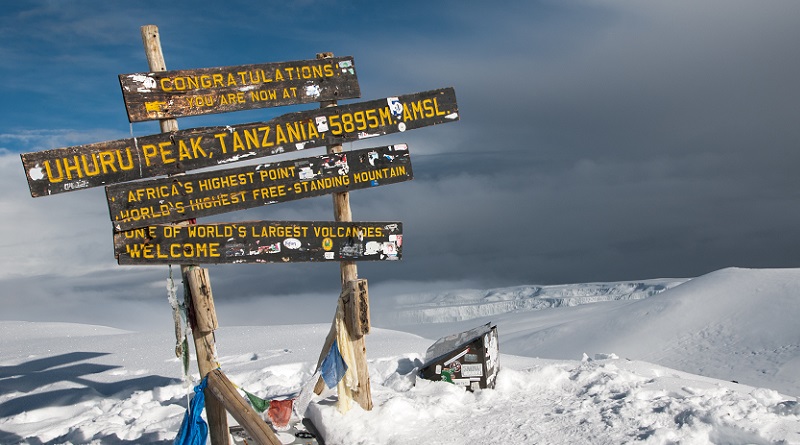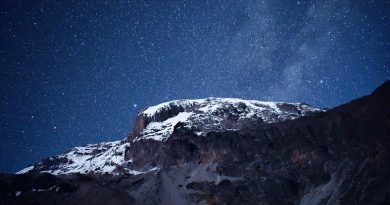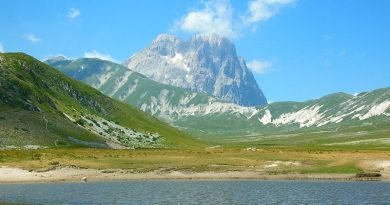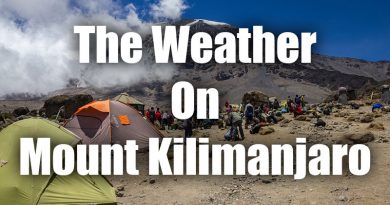You may already know that Mount Kilimanjaro is the tallest mountain in Africa. But how high is that, exactly?
The answer may surprise you. As it turns out, defining the height of Mount Kilimanjaro proves more difficult than one may think.
Why? Find out below!
What’s the Highest Point of Mount Kilimanjaro?
Finding the peak height of Mount Kilimanjaro proves rather straightforward. In fact, the top-most point of the mountain rises an impressive 19,341 feet in the air.

This impressive height belongs to the newest and highest of Mount Kilimanjaro’s three defining volcanoes: Kibo. One of the three formative volcanoes of the mountain, Kibo proves the ultimate test and trek for those looking to climb Kilimanjaro.
In fact, it may be said that until one bests Kibo, they have yet to fully explore all that Mount Kilimanjaro has to offer.
But if you’re looking to climb Mount Kilimanjaro, the height of its peak is only half the story. Consider the following additional information you’ll need to properly prepare for your trip.
How High Should You Climb?
If you’re worried about climb 19,341 feet, don’t worry! It may surprise you to learn that you don’t have to actually climb the entire mountain before you reach the summit.
How is that possible?
Check this out! When you start your climb, you’ll start at an altitude of 7,382 feet. This means that you can shave a considerable number of feet from your trip—making it faster, easier, and safer for you.
In fact, you’ll only need to climb around 16,000 feet during the ascent (15,912 to be exact!). This looping, winding ascent offers some of the most impressive views in Africa—making it perfect for anyone looking for an experience unlike any other.
Easily one of the most recognizable tourist destinations in East Africa, Mount Kilimanjaro proves to be a cultural landmark of the region. As the region’s highest mountain, it’s attracted brave and daring tourists like yourself for decades.
And all had one goal in mind—making it to the top of this 19,341-foot goliath. During your trip. However, make sure that you take the time to soak in some of the unique sights and sounds of Mount Kilimanjaro. With much of the natural landscape left untouched, Mount Kilimanjaro offers some of the mostbreathtaking views in Eastern Africa.
Best of all, you’ll have plenty of time to soak it all in as you climb to the summit of this storied mountain.
How Long Is the Descent?
But while the thrill of the climb and the desire to crest the summit of the mountain have propelled tourists for decades, the descent still remains.
Typically, the descent proves to be the longer part of the trip, with climbers having to go down a staggering 17,224 feet.
The good news is that you’ll be able to walk down a champion after notching another victory under your belt. As you cross the summit of Mount Kilimanjaro, you can take pride in knowing that you’ve now climbed the highest mountain in Africa.
And for serious climbers, it doesn’t get much better than that.
What About Kilimanjaro’s Other Volcanoes?
If you’re curious about how high the other volcanoes of Mount Kilimanjaro are, wonder no more. These two formative volcanoes, which serve as the foundation of this popular tourist destination, aren’t quite as high as Kibo.
The first of these volcanoes, Shira, serves as the original part of the mountain. As you would expect, it’s also considerably lower than the volcanoes on top of it—which were formed due to subsequent eruptions.
In fact, Shira stands nearly 7,000 feet lower than Kibo, at just 12,995 feet.
The second volcano to form, Mawenzi, stands slightly higher at 16,896 feet. Together, these volcanoes form Mount Kilimanjaro’s three unique summits.
How Do We Know How High Mount Kilimanjaro Is Anyway?
If Mount Kilimanjaro is so high, how was it measured anyway—especially before the advent of modern technology?
The answer reveals a few shocking details about the height of Mount Kilimanjaro! For instance, recent and potentially more accurate methods of measurement have shown that this famed mountain may not be quite as tall as previously believed.
In fact, a 2008 estimate using groundbreaking technology puts the height of Mount Kilimanjaro at nearly ten feet shorter than the commonly used 19,341-foot measurement.
But when it comes to Mount Kilimanjaro—and other mountains—it seems as though traditional wisdom dies hard. The time-honored measurement of 19,341 as defined by the courageous climbers of yesteryear holds firm in the minds of most climbers and academia.
This is due to a combination of factors. For starters, the small difference in height calculation likely results from the improved accuracy of machinery and the reduction of human error. Instead of humans having to manually climb and record the height of Mount Kilimanjaro and other mountains, advanced imaging techniques can now be used to calculate any height.
But such a hard-fought measurement isn’t likely to disappear soon. That is, unless, new data shows Mount Kilimanjaro as being higher than once believed.
Why? Well, let’s face it: the higher the climb, the more the satisfaction. And it’s a safe bet that one too many accomplished climbers won’t be willing to drop ten feet off his or her most impressive climb.
Because of this, 19,341 feet remains the most widely reported and accepted height for Mount Kilimanjaro.
The Bottom Line
As one of the defining attractions of Eastern Africa, Mount Kilimanjaro has a lot to offer. From expansive views and the climb of a lifetime, Mount Kilimanjaro delivers a one-of-a-kind experience that you’ll have to see to believe.
Despite this, its height proves to be its most defining feature, calling forth climbers from across the globe who look to conquer Africa’s tallest mountain.
If the lure of Mount Kilimanjaro has now reached you, let’s add some fuel to the fire. Once climbed, you can proudly state that you’ve crested the peak of Africa at 19,341 feet.
And we can all admit, it doesn’t get much cooler than that.






